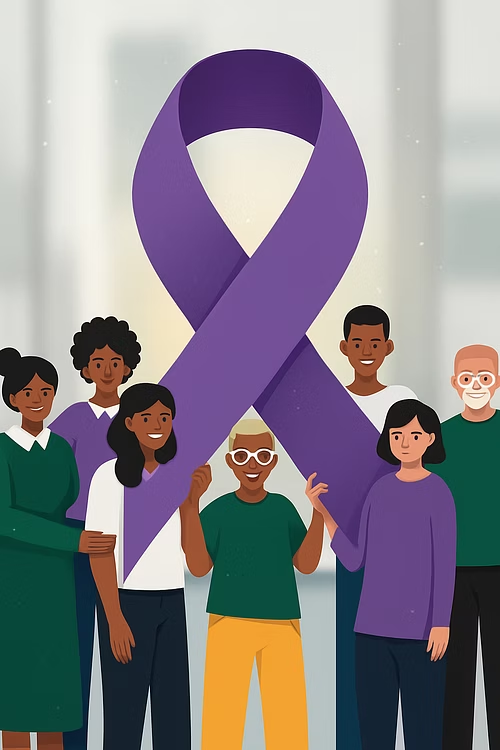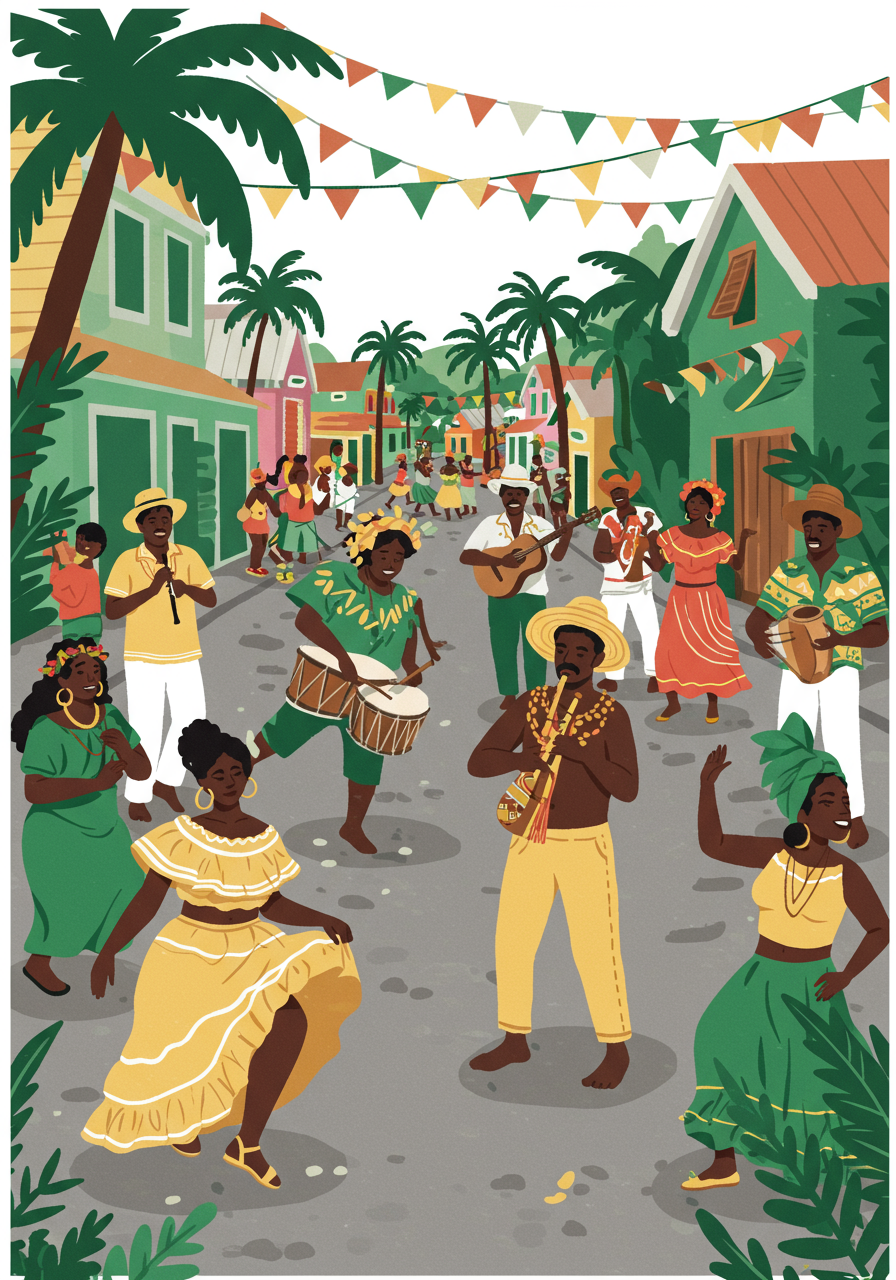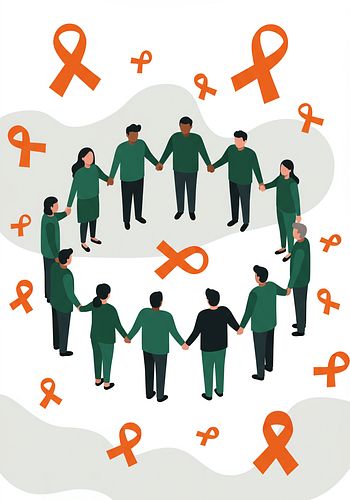Mardi Gras 🎭🎉
Annually celebrated on the day before Ash Wednesday, Mardi Gras, or Fat Tuesday, heralds the climax of the Carnival season. Known for its spectacular parades in cities like New Orleans and Rio de Janeiro, and masquerade balls worldwide, Mardi Gras is a festival of exuberance, featuring flamboyant costumes, music, dancing, and gastronomic indulgence. Rooted in Christian traditions, it signals the commencement of Lent, a time of fasting and contemplation leading up to Easter 🌈.
Intention of the Day 🎯
Mardi Gras embodies the spirit of festivity and indulgence, marking a final celebration before the solemnity of Lent. It’s a day of vibrant expression, bringing people together to revel in life’s pleasures through music, dance, and food. The festival acts as a cultural confluence, celebrating diversity in traditions, costumes, and cuisine, fostering a sense of community and collective joy 💃🎷.
Supporting Dimensions of Diversity 🌈
Mardi Gras champions cultural and social diversity, showcasing the myriad traditions that contribute to this global festivity. It unites people from different backgrounds, promoting inclusivity and appreciation for varied cultures. Through its celebration, Mardi Gras not only honors a Christian tradition but also universal themes of unity, joy, and the essence of human festivity 🎊.
Join the Diversiology community to read the full article and learn how to participate in Mardi Gras with respect and inclusivity. Discover more, engage deeply, and learn continuously on our platform. Access resources and tools like our comprehensive diversity calendar and immerse yourself in a vibrant community of learners and leaders committed to making a difference – one story, one conversation, one resource at a time.








